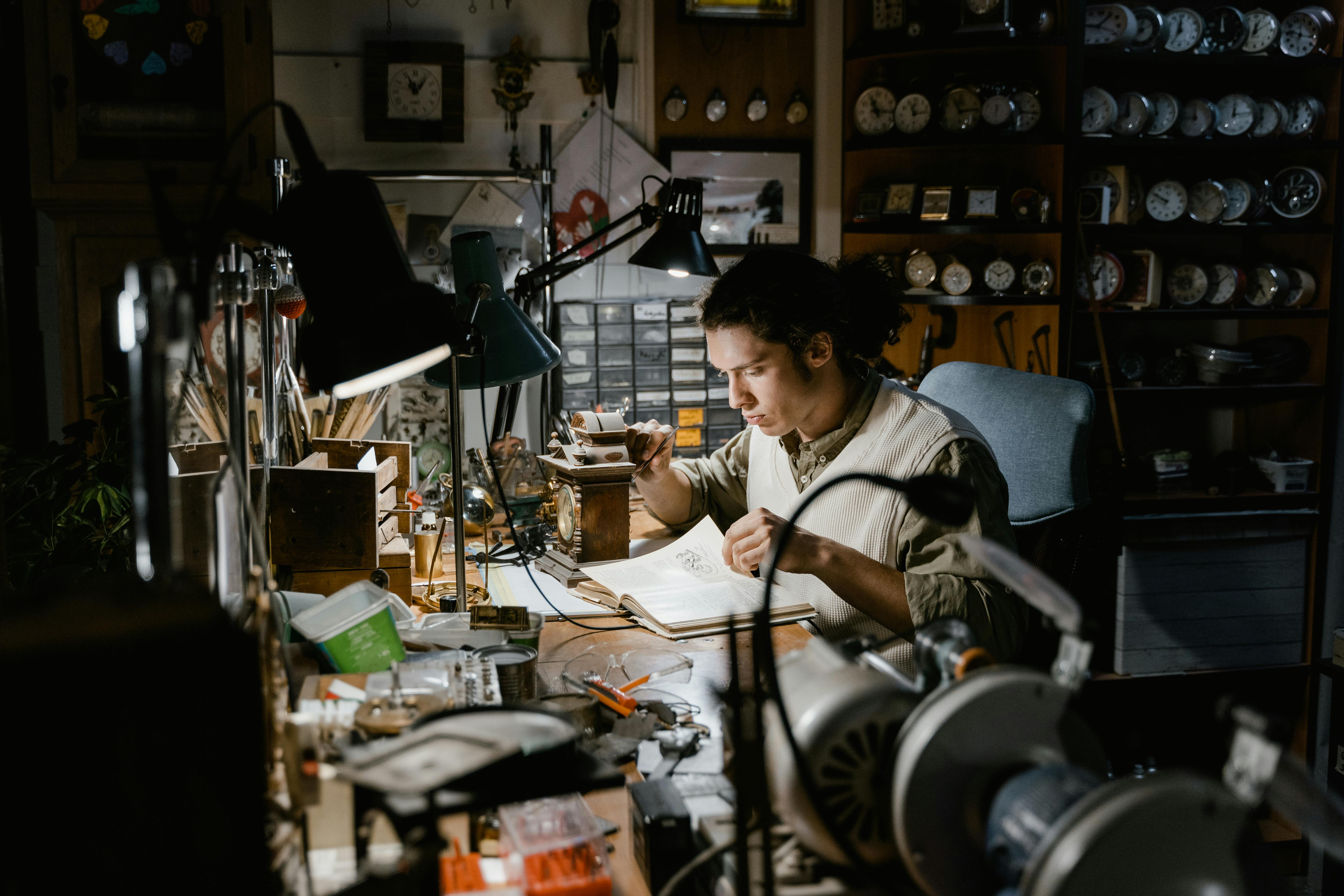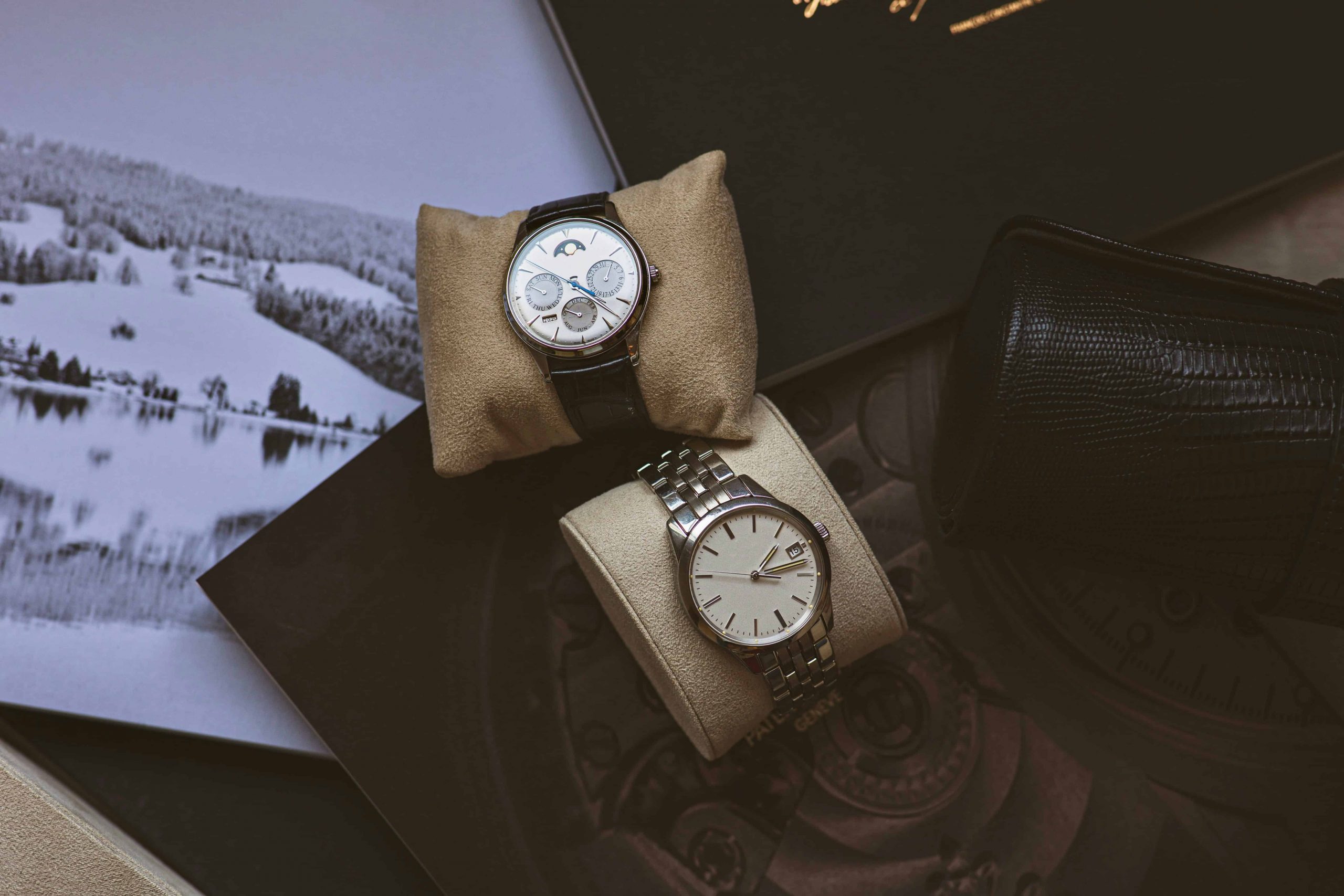
Timeless Elegance: A Journey Through the History of Classic Watch Design
Introduction: History of Classic Watch Design
Classic watch design is a timeless art form, surpassing its utilitarian purpose to become an enduring legacy across generations. The meticulous craftsmanship and timeless elegance inherent in classic watches go beyond mere functionality, captivating enthusiasts for centuries. These timepieces are not just accessories; they symbolize a blend of tradition and sophistication, showcasing the mastery of craftsmanship that transcends the boundaries of time, making them cherished heirlooms for watch connoisseurs worldwide.

© Tima Miroshnichenko / Pexels
Early History (16th–19th Centuries)
In the 16th century, the advent of pocket watches marked a revolutionary stride in timekeeping. These portable timepieces, initially worn as pendants, soon became a symbol of status and sophistication. Technological advancements, such as the introduction of the balance spring in the 17th century, improved accuracy and paved the way for more intricate designs.
As the 19th century unfolded, materials like gold and silver became prominent in watchmaking, adding a touch of luxury. This era witnessed a gradual transition from pocket watches to wristwatches, primarily driven by the practicality of having time readily accessible on the wrist.
20th Century: The Golden Age of Wristwatches
The 20th century brought about a significant shift in watch design, with World War I playing a pivotal role. Trench watches, designed for soldiers on the battlefield, showcased a marriage of form and function. The Art Deco movement left an indelible mark on watch aesthetics, introducing geometric shapes and bold designs. Technological innovations like automatic movements and water resistance emerged, revolutionizing the industry.

© Wallace Chuck / Pexels
Mid-20th Century: Diversification and Innovation
The mid-20th century witnessed diversification in classic watch design with the introduction of sports watches and dive watches. However, the industry faced a seismic shift during the quartz revolution, challenging traditional mechanical movements. This era also saw the emergence of luxury sports watches, creating a new paradigm in watch fashion despite the challenges posed by the “quartz crisis.”
Classic designs persisted through continued evolution, adapting to changing preferences and technological landscapes.
Late 20th Century and Beyond
The late 20th century ushered in the era of digital watches, briefly overshadowing traditional timepieces. However, the allure of mechanical watches experienced a resurgence, fueled by a nostalgic appreciation for vintage styles. Modern designs began blending classic and contemporary elements, creating a harmonious fusion of the past and present.
In the digital age, technology made its mark on watchmaking with the advent of smartwatches, offering a unique blend of functionality and style.

© Laura Ockel / Unsplash
Conclusion
In conclusion, the journey through the history of classic watch design unveils a rich tapestry of innovation and enduring elegance. From the revolutionary strides of pocket watches in the 16th century to the significant shifts during the 20th century, each era contributed to the timeless allure of these timepieces. The resurgence of mechanical watches, blending vintage charm with contemporary design, exemplifies their remarkable adaptability. As we navigate the changing landscapes of technology, classic watches stand poised to continue their legacy, bridging the past and the future.
Key Takeaways
- Timeless Legacy: Classic watch design is an enduring art form celebrated across generations, surpassing utility.
- Craftsmanship and Elegance: These timepieces embody meticulous craftsmanship and timeless elegance, transcending mere functionality.
- Evolution through Eras: From 16th-century pocket watches to 20th-century innovations, each era contributes to the enduring allure of classic watches.
- Adaptability: Classic designs persist, overcoming challenges like the quartz revolution, showcasing adaptability and a resurgence of vintage charm.
- Harmonious Fusion: Modern designs seamlessly blend classic and contemporary elements, creating a harmonious fusion of tradition and innovation.
- Symbol of Legacy: Classic watches symbolize tradition and sophistication, cherished as heirlooms by connoisseurs worldwide.
- Technology’s Impact: Amid digital watches and smartwatches, mechanical watches maintain their enduring appeal, bridging the past and future.
FAQs (Frequently Asked Questions)
What makes classic watches an enduring legacy?
Classic watches transcend mere functionality, embodying craftsmanship and timeless elegance as symbols of tradition and sophistication, cherished across generations.
How did pocket watches contribute to the shift to wristwatches?
Pocket watches from the 16th century evolved into status symbols by the 19th century, driving a practical transition to wristwatches.
What influenced 20th-century watch design during World War I?
World War I introduced trench watches, blending form and function, and the Art Deco movement influenced geometric shapes and bold designs.
How did the watch industry adapt during the mid-20th-century quartz revolution?
The quartz revolution challenged traditional movements, leading to industry shifts. Despite challenges, it birthed luxury sports watches, defining a new fashion paradigm.
How do modern classic watches blend past and present elements?
Modern classic watches harmoniously fuse vintage charm with contemporary design, showcasing adaptability amidst changing preferences and technology.
Experience the epitome of sophistication as we explore the art of defining timeless style in watches with Pierre Gaston.




